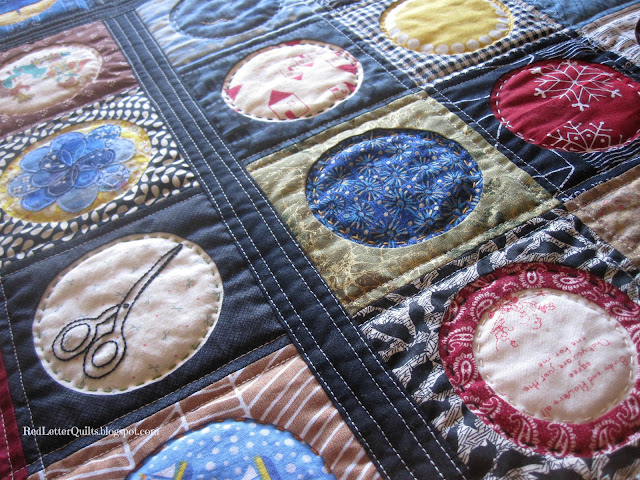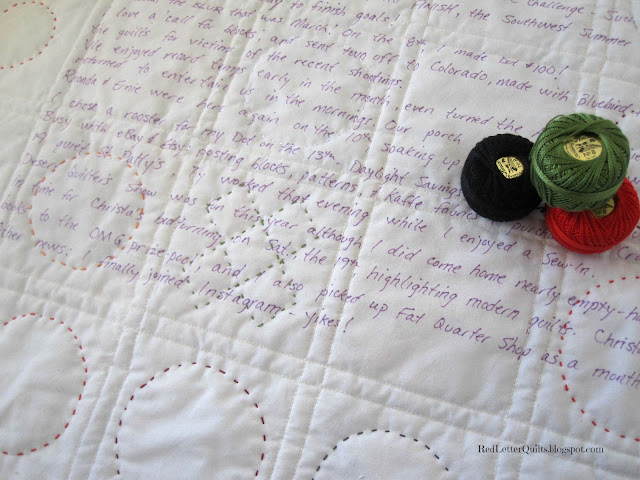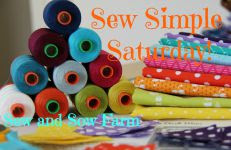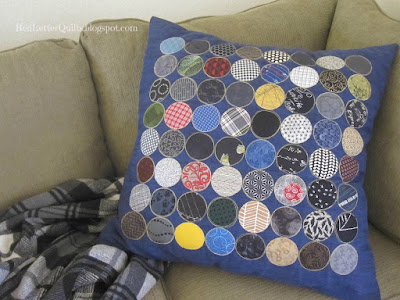Southwest Summer Tote, 17" x 14" x 7.5"
Marrakesh Overnighter, found in The Better Maker, by Nicole Mallalieu
I began making the Marrakesh Overnighter, having had some experience making zip-pouches, bags, & such. I was looking to step-up my skills and get comfortable using hardware (for that
PRO finish!).
Now I can say I have successfully installed metal feet, hidden magnet closures, handles with rings and tabs, an adjustable shoulder strap, and a large zippered pocket inside! New skills gained.
And ten things learned:
1. One step at a time. For me, bag-making is step, by step, by step, and on. When I enter my sewing room to work on it, I select one step and tackle it.
2. Purchase a pattern or a book? Books, in general, tend to offer
more patterns, inspiration, and instruction than individual patterns.
Better Bagmaker has all of the above! As a beginner, I found I had to
pour over each of the technical aspects, of each step, which had me
jumping all over the book. How nice to gain enough experience to
complete one of the patterns from it's instructions, without having to
see three different pages at the same time. That kind of experience
would also provide the confidence for the third thing I learned while
making the Marrakesh Overnighter...
3. Beef it up! Have the confidence to make changes you
know you want. There were things I wanted to alter but did not: wider straps, larger rings, beefier magnets, or rather, a gusseted zipper enclosing the top! Another advantage to the book is to
have instructions for features like this so that your bag really can be your own.
4. 1/4" fusible tape! Following advice in the book, (and because I just happened to have a roll), I used 1/4" iron-on adhesive tape to install the pocket assembly to the zipper. Iron the paper-backed adhesive to the finished facing unit, peel the paper off, and press it onto the zipper before top-stitching. This method was a dandy, and left me feeling quite justified in stashing things.
Things like 1/4" adhesive tape.
5. Use glue if it helps. There was no mention of this in the book, but I used a glue-stick a few times as well. A dab will hold a seam allowance open before seams are joined. It would probably work well for the zipper facing too, if you happen to have run out of 1/4" adhesive tape...
6. Those dots you mark from the pattern sheet may not line up the way they used to, even if they are still in the center of that panel. Next time, I may try to figure out the best snap location by hanging the bag, to see how the sides come together. Mine works well enough, but it is slightly off - 1/4" or so and it would feel more natural.
7. What I learned when I had to un-install my magnets:
Make sure to buy them BEEFY, haha!
It was disappointing to pick the bag up by the handles, after installing the first set of magnets, and watch the bag just open right up! I had purchased the correct diameter, but a thin model.
Well, they were easy enough to remove.
Which led me to thinking..
8. Upcycle! Watch for used hardware that is re-usable! As affordable as
Bagmaker Supply really is,
free cant be beat! Maybe you can rescue a magnet from a worn purse! I found three purses with pink price tags at my local thrift last week, .99 cents each! I salvaged rings, swivel hooks, and..
Magnets! Straight away, I checked the prong size to the slits previously cut, and they fit!
9. Interfacing know-how. Non-woven interface stretches much more in one direction than it does in the other. It occurs to me now that that may be odd, the fact that I just learned this while making the bag. Perhaps this is common knowledge? I am aware the width of quilting fabric has more give than the length, and I consider it when cutting borders, and interface is certainly not a new product to me, I just never
pulled on it.
Ignorance is bliss, and my sewing space is a happy one, haha!
In the
future, I will reach for woven interface to create strong tabs and things that should not stretch.
10. About that base. I will probably cover a removable base for this tote. My book suggested template plastic because it can be stitched, yet still be manipulated, and even washed. I cant give a fair review of this method since the template plastic I had on hand had been rolled for year's. Combined with stiff interfacing, quilted batting, and lining with interfacing, it is quite stable. Still, it is a large bag and I think I will like the structure inside with a nice, flat bottom.









































